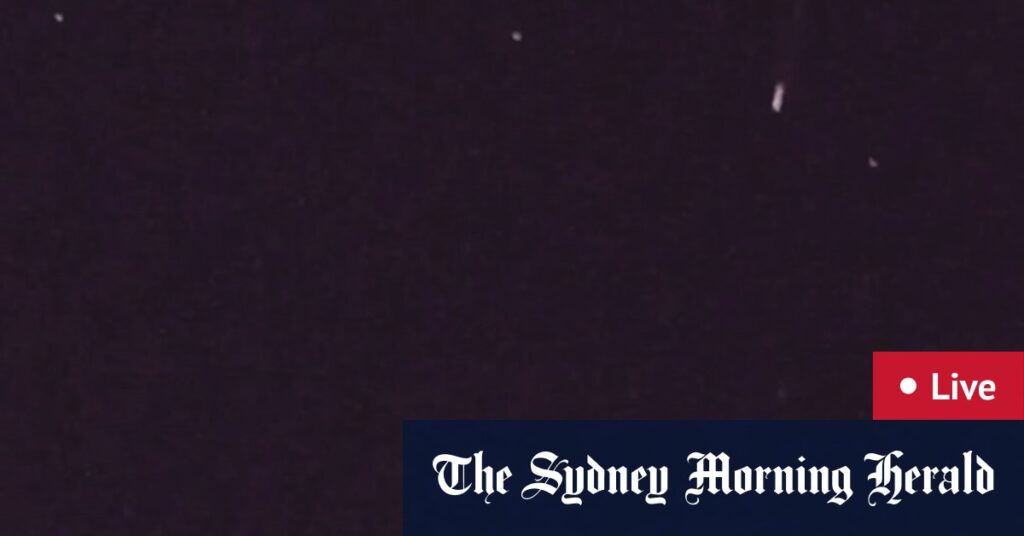It’s showers with a chance of fireballs this week as two cosmic events converge to put on a dazzling double-act for those willing to seek out the dark, brave the cold and ditch their phones.
“We’ve got two meteor showers peaking at the same time,” Associate Professor Devika Kamath, an astrophysicist at Macquarie University, said. “You see them really well from the southern hemisphere and Australia has a front-row view.”
A stargazer from the American Meteorological Society captured seven fireballs in one night during 2023’s Alpha Capricornid meteor shower.Credit: The American Meteor Society/University of Arizona
The Southern Delta Aquariids meteor shower will reach peak intensity from Monday to Wednesday amid its annual six-week appearance. The Aquariids are the third-strongest meteor shower of the year, with up to 20 meteors zipping past per hour at the peak.
The Alpha Capricornids shower is also firing up to near-peak levels on Monday night and will reach its brightest on Wednesday. The Capricornids shower is weaker than the Aquariids, with about five meteors per hour, but it can send unpredictable and dramatic bursts of light scorching across the sky.

Associate Professor Devika Kamath from the School of Mathematical and Physical Sciences at Macquarie University.Credit:
The best time to view the showers will be between midnight and 4am on the nights between Monday and Wednesday (July 28-30) when both cosmic events are at their most brilliant.
Stargazers keen to catch a glimpse of the action should find a viewing spot away from light pollution such as buildings, street lights and car headlights and allow half an hour for their eyes to adjust to the darkness.
Read more here.
Read the full article here

